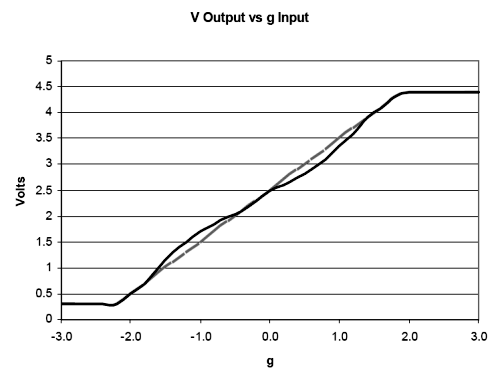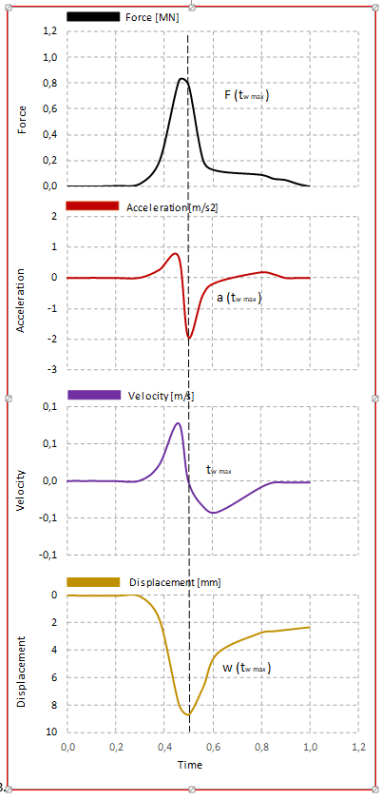Hi,
I have an piezoelectric accelerometer that i am using for the pile test. It gives the output values in voltage.
How can i convert the voltage into acceleration so that i can calculate the velocity and there by displacement of the pile head?
I have used the equation :
acceleration = voltage/sensitivity.
but if i use this equation, i am not getting the correct velocity and displacement graph.
Thank you in advance!
I have an piezoelectric accelerometer that i am using for the pile test. It gives the output values in voltage.
How can i convert the voltage into acceleration so that i can calculate the velocity and there by displacement of the pile head?
I have used the equation :
acceleration = voltage/sensitivity.
but if i use this equation, i am not getting the correct velocity and displacement graph.
Thank you in advance!


